Birding the Bay Islands: Bair Island’s Tidal Food Court
by Helen J. Doyle and Jeanette Pettibone
Bair Island’s restored tidal wetlands provide a variety of food found in high tide waters and low tide exposed mudflats for both year-round residents and thousands of birds migrating through or overwintering in the Bay Area.
Located just east of Highway 101 near Redwood City, Bair Island is part of the Don Edwards San Francisco Bay National Wildlife Refuge, an impressive multi-agency effort to restore the South Bay’s natural wetlands. Bair Island’s primary habitat is tidal wetlands, dominated by salt marsh-loving plants like pickleweed and gumplant, bounded on the landward side by shrubland. Twice a day the exposed mudflats serve up abundant food for a variety of shorebirds, waterbirds, gulls and terns. Shorebirds are especially cooperative and fun to watch in such an exposed and expansive landscape. They move slowly as they use their bills to forage in the mud, their long legs keeping their bodies above the water. A terrific time to watch the Bair Island food court is on ebb tide, with the birds descending on the freshly exposed mudflats as the tide goes out. This is a great place to bring a scope, if you have one.
Like Mare Island further north in the San Pablo Bay, Bair Island may not have always been an island like it is today. As elsewhere in the San Francisco and San Pablo Bays, the shoreline has been molded and shaped to serve agricultural and industrial uses. In the 1920s, cattle were raised here by Fred Bair, for whom the island was named. Subsequently, they were part of the complex of salt evaporation ponds along the Bay shoreline. In the 1970s and 1980s, housing developments were proposed for Bair Island until local conservation efforts succeeded in protecting it and ultimately incorporating it into the extensive Don Edwards Refuge. Now the approximately 3,000 acres of Bair Island is part of the South Bay Salt Pond Restoration Project, converting just over 15,000 acres of industrial salt ponds back to tidal wetlands and other habitats. This and other efforts to restore native habitat and prepare for sea level rise were recently funded through the federal Bipartisan Infrastructure Law announced in March by US Secretary of the Interior Deb Haaland, and Wade Crowfoot, Secretary of the California Natural Resources Agency.
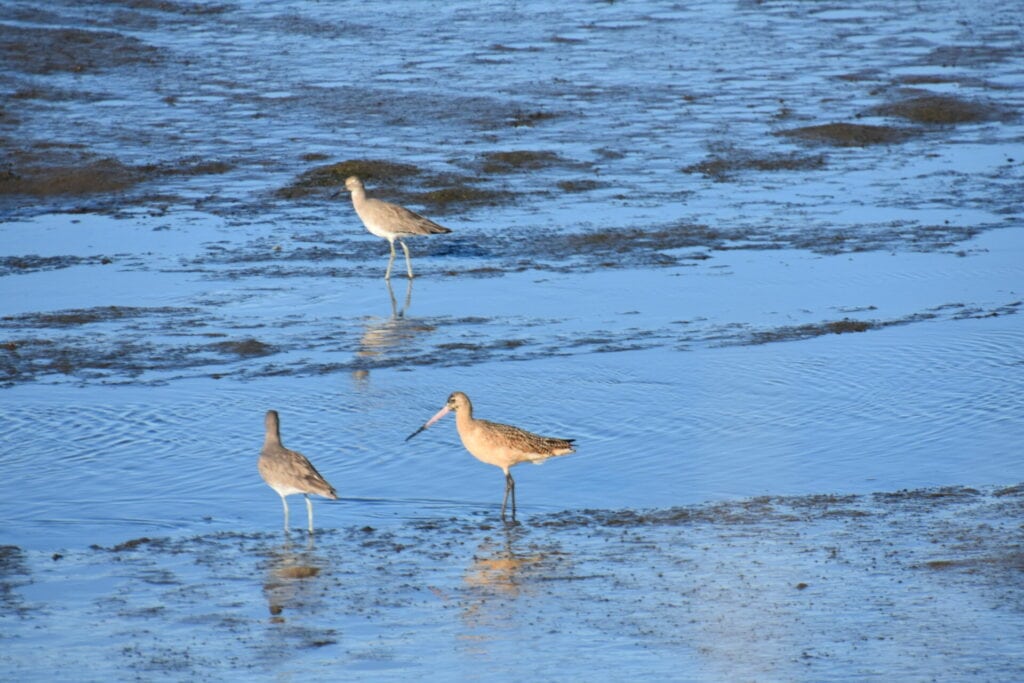 Marbled Godwits search for food in mud exposed by the ebbing tide by Helen Doyle
Marbled Godwits search for food in mud exposed by the ebbing tide by Helen Doyle
On our first outing to Bair Island, a calm late January morning between winter storms, we neglected to coordinate with the tides.…

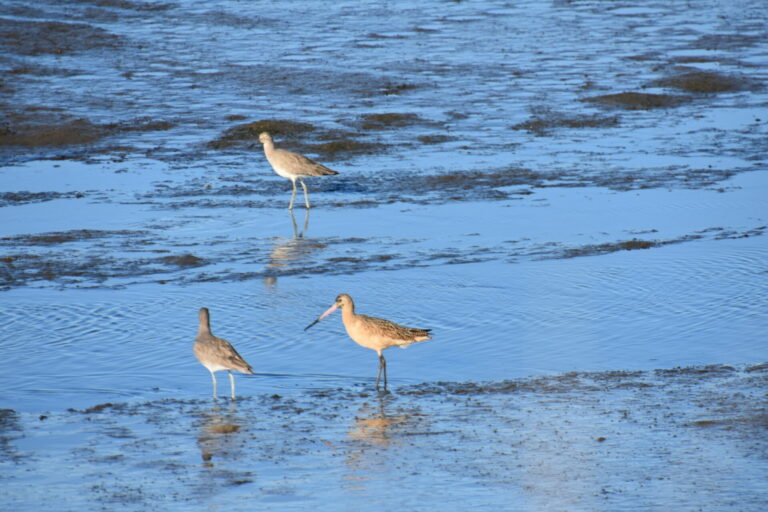
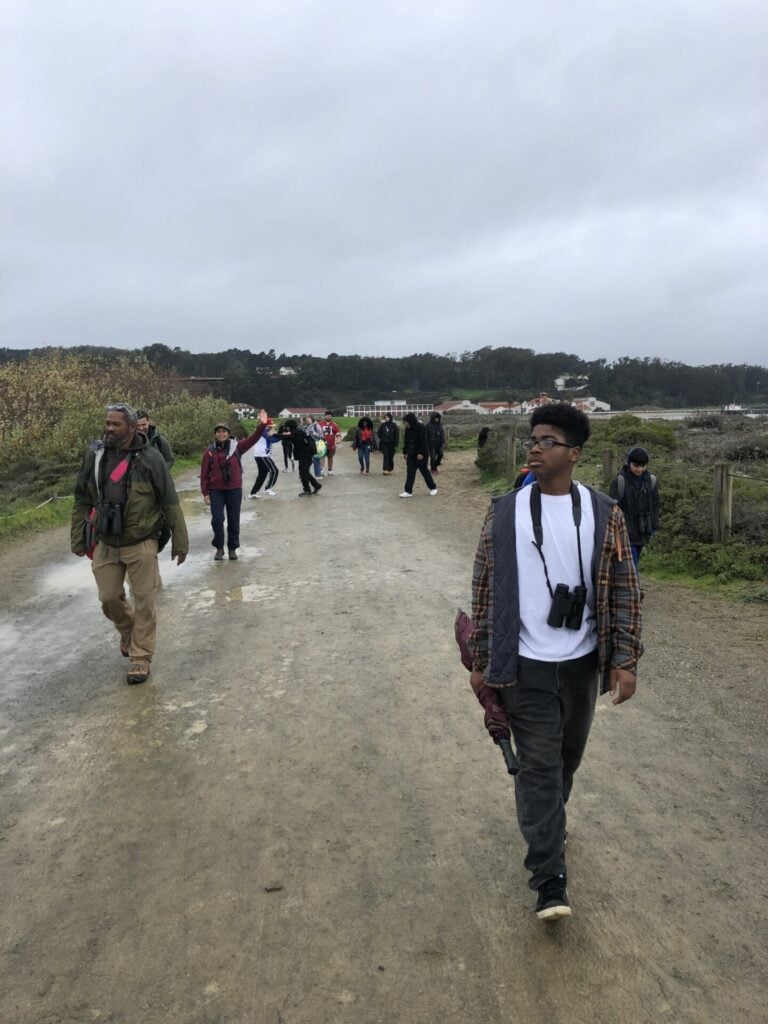
 Getting the hang of the scope. Photo by Natalie Gustin Toland
Getting the hang of the scope. Photo by Natalie Gustin Toland
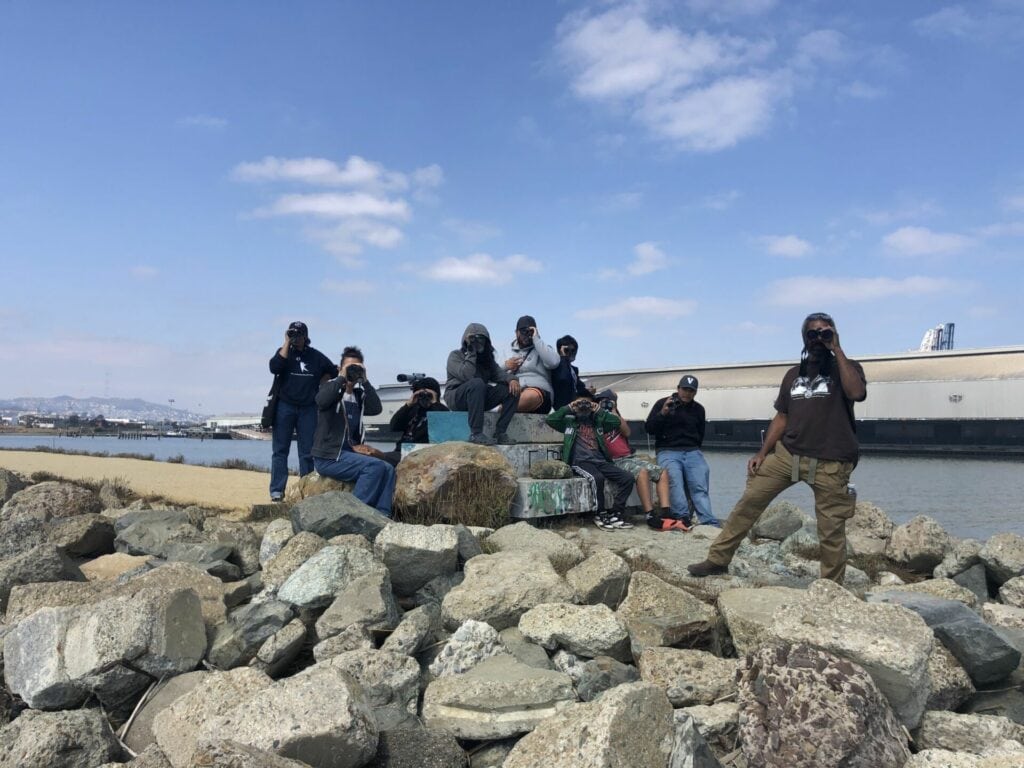 The Heron’s Head Crew. Photo by Dan Scali
The Heron’s Head Crew. Photo by Dan Scali

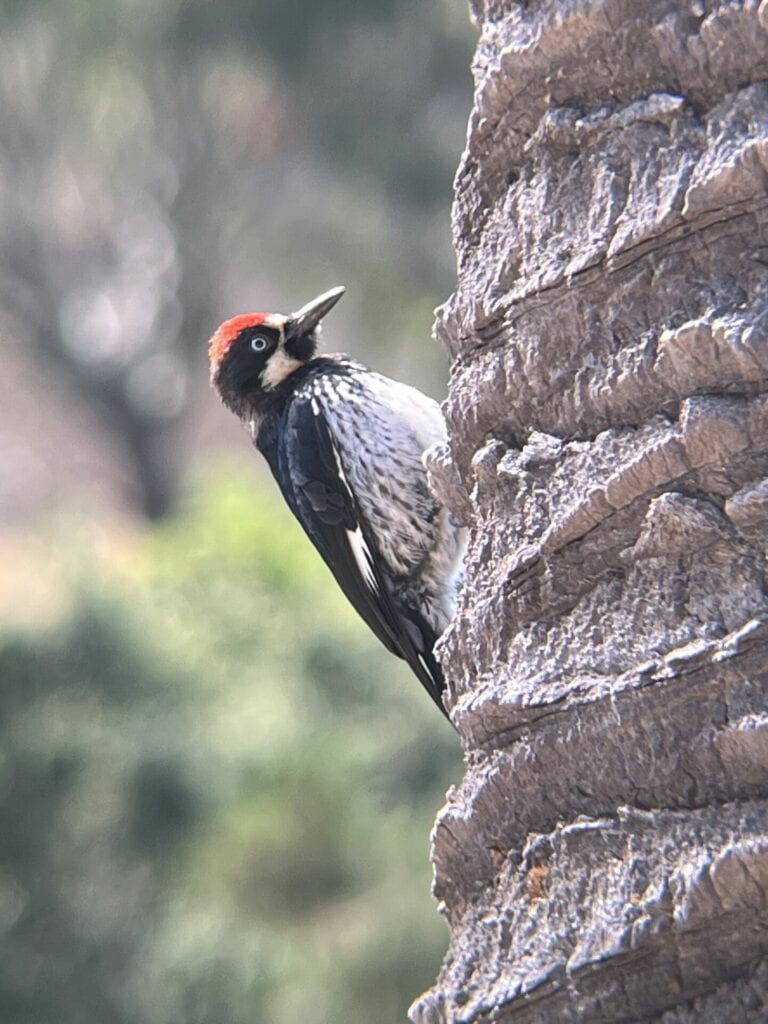 Acorn Woodpecker by Evan Weissman
Acorn Woodpecker by Evan Weissman
 Acorn Woodpeckers thrive with their well-stocked granaries by Helen Doyle
Acorn Woodpeckers thrive with their well-stocked granaries by Helen Doyle
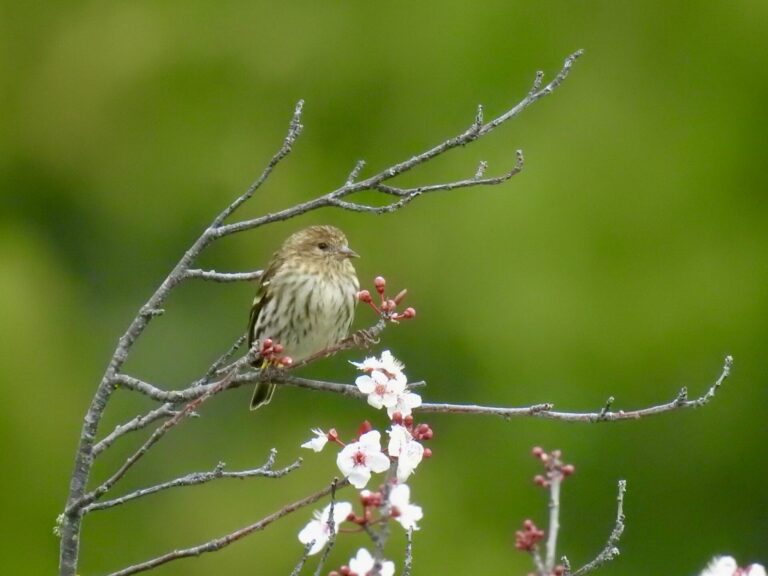
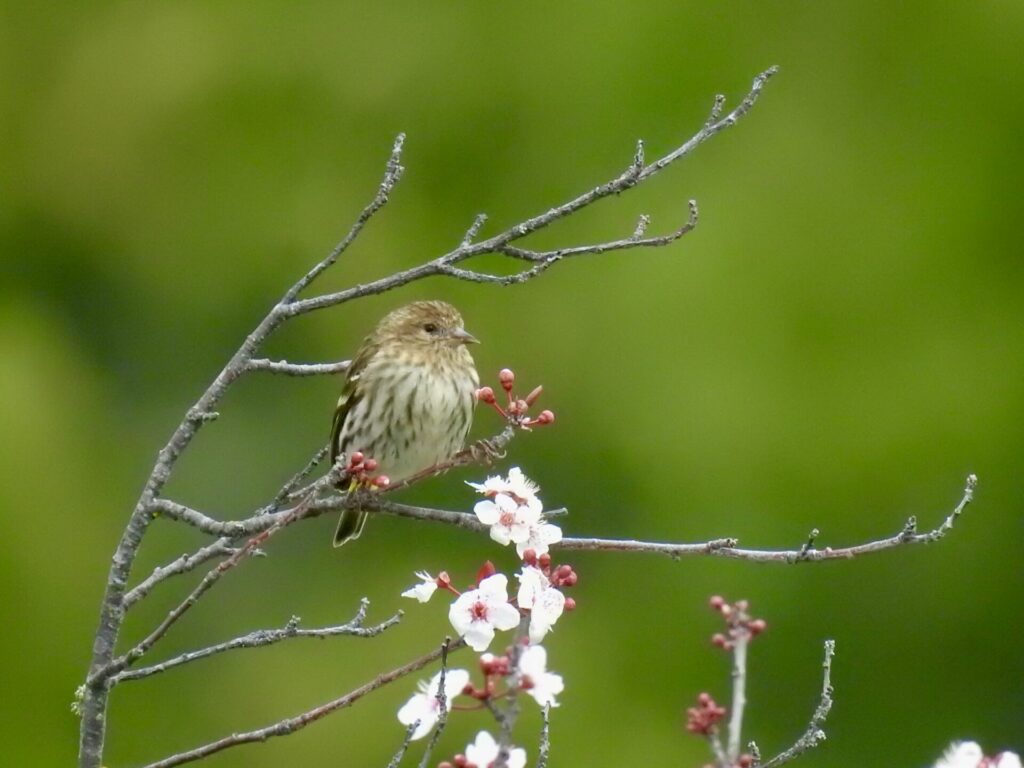 Pine Siskin by Elizabeth Winstead
Pine Siskin by Elizabeth Winstead